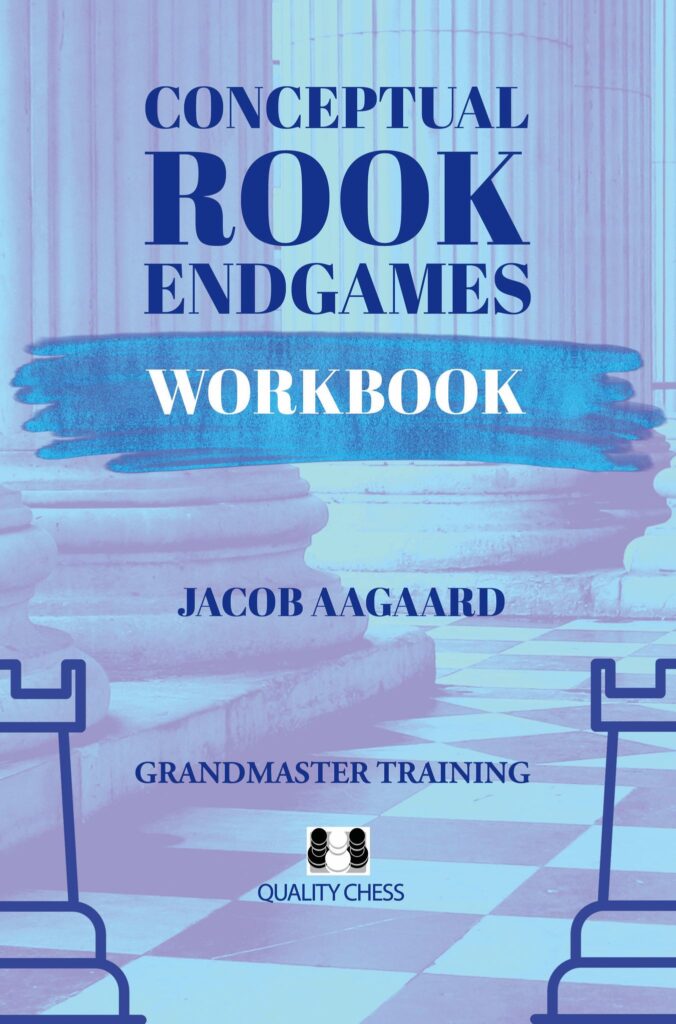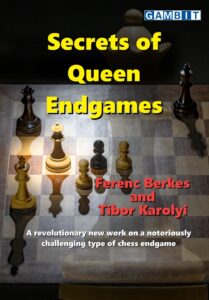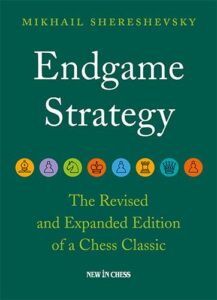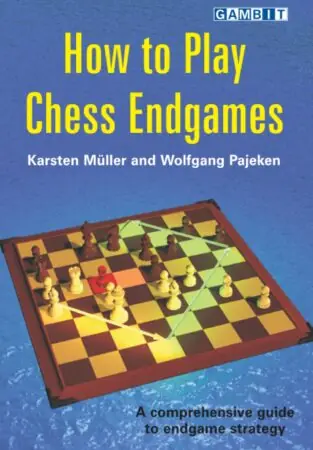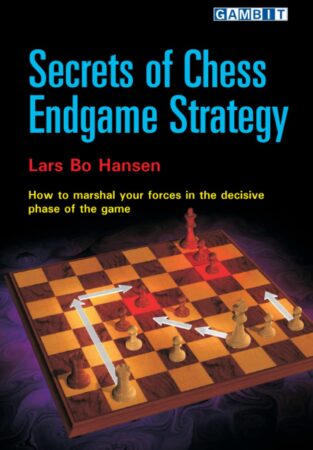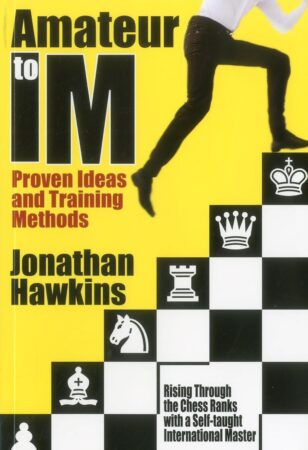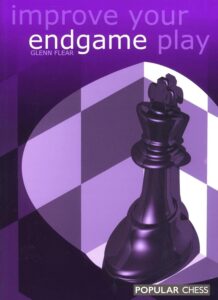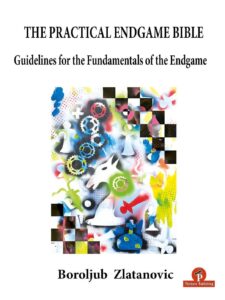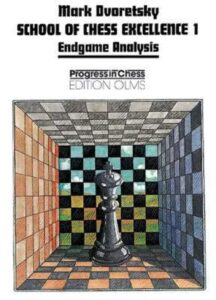This workbook is an addition to Aagaard’s Conceptual Rook Endgames, and the last part of a series of five endgame books. In 2023, Quality Chess published Theoretical Rook Endgames by GM Sam Shankland and Conceptual Rook Endgames by GM Jacob Aagaard, two books which complement each other, one focusing on theoretical, the other on complex rook endgames. The first two volumes in the series were previously published Endgame Labyrinths and A Matter of Endgame Technique also written by Aagaard. Conceptual Rook Endgames Workbook consists of 208 problems of varying difficulty. The difficulty increases with each chapter. As the author puts it, “…chapter four is challenging to Grandmasters, and chapter five is simply brutal.” The first three chapters are easier. My completion rate for the 208 problems was 77%, and only 49% for the fifth chapter alone.
They aren’t grouped thematically, as is usually the case with Jacob Aagaard’s books. They follow the themes in Conceptual Rook Endgames though, but the Workbook can be read without its predecessor, as it contains a brief explanation of the 24 themes from Conceptual Rook Endgames.
The themes cover concepts in a beginner-friendly way, but they are also valuable for advanced players. They include “Activating the rook first”, “Shouldering”, “Checking distance”, “King activity”, “Zugzwang”, and basically any other important concept one must understand before being able to play rook endgames well.
The Workbook is similar to Aagaard’s other books, and, if you’ve ever read a book from his GM Preparation series, you will see that they are laid out in the exact same way; problems you have to solve followed by clearly written solutions with every relevant variation. The solutions are easy to navigate, which, to me, is key to writing a comprehensible chess book. You will not be lost in endless disconnected lines which are impossible to follow.
This book is meant to teach you how to recognize and navigate recurring patterns in themes essential for understanding and playing rook endgames well. I think it does a very good job of introducing, explaining, and, most importantly, forcing you to become skilled at playing rook endgames. I like books on complex endgames much more than those on dry, theoretical positions. While knowing the basics is important, it is also finite. Once you’ve learned the Lucena, the Philidor, and other basic endgames, being able to recognize when they can occur, knowing how and when to transpose to them, knowing how to play actively and what to play for, understanding tactics and dynamics in endgames, and other skills crucial for effective play, becomes crucial. And learning these and other endgame concepts is impossible without developing a skill. That’s not done by reading but by actually solving endgame positions and analyzing on your own. That is why I think this Workbook is essential for tournament players of all levels.

